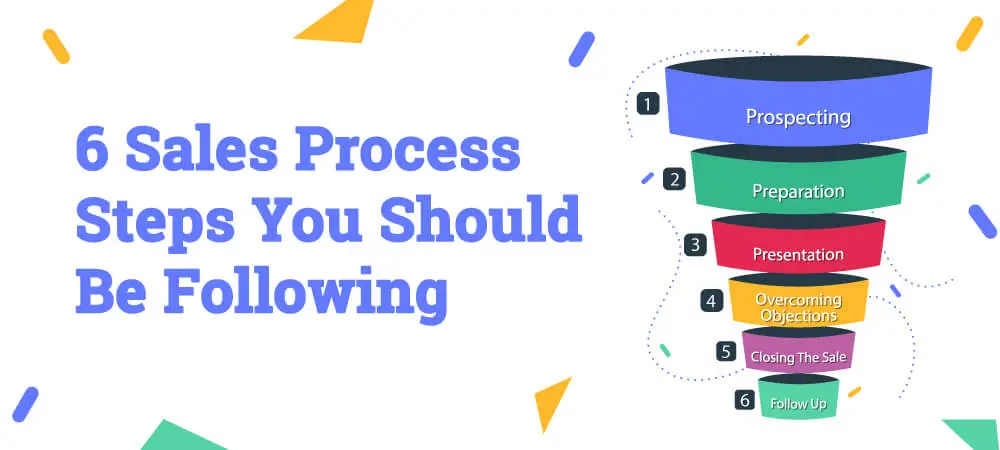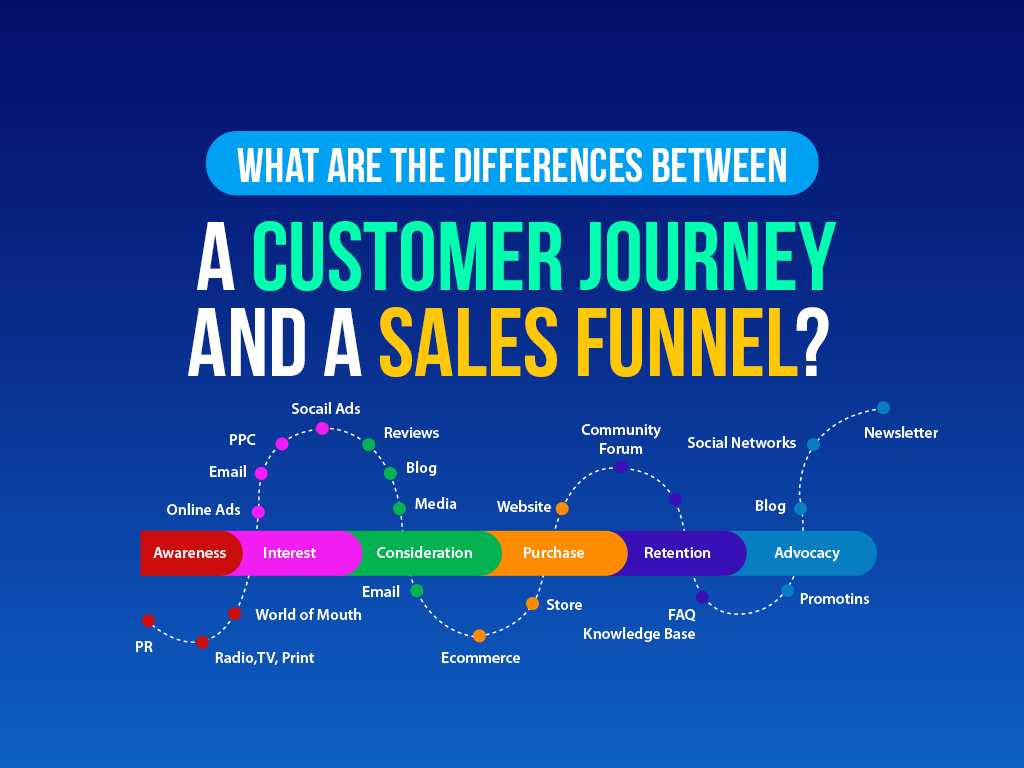Mastering the Sales Cycle Automation Best Practices
Mastering the Sales Cycle Automation Best Practices. Most businesses nowadays are using digital automation to make sales cycles more efficient and maximize revenue. In this blog post, we will be talking about best practices on optimizing your sales cycle through digital automation Optimizing the sales cycle through automation from lead generation to deal closing can really boost productivity and productivity has increased significantly. Learn some of the key strategies and tools that will enable you to optimize your sales strategy and also provide optimal results in today’s competitive marketplace.
Key Strategies for Sales Automation
1. Understanding the customer’s journey is very imperative for effective automation.
2. Automating routine tasks save time and resource.
3. Personalization boosts the customer’s experience in a sales cycle.
4. CRM tools must be used to monitor and assess more efficiently.
5. Use data to optimize automation and sale results.
Continuous monitoring and adjustment are just the conditions for success in automation.
Own sales automation system setup
Knowing any sales cycle: Effective salesmanship sets off with the process of setting up a proper sales automation system. The process may make your marketing easier, more productive, and therefore, more revenue-generating for your business.
How to Select the Suitable Digital Automation Tools
The right digital automation tools are important for the successful implementation of your sales automation strategy. That means you choose tools fit for your business goals and objectives, offer the flexibility of integrating with your existing systems, and that, when you are picking those tools, will lead to either your score, email marketing, or customer relationships-all those areas that improve your sales process.
Applying Automation to Your Sales Process
In general, automation makes things much easier by eliminating the usual incremental steps involved in sales processes
Automation, while playing a crucial role in your sales process, can ensure that you eliminate the tedium inherent in manual tasks, speed up your responses, and generally make everything better for your customers. So start with setting out the potential processes of automation in your sales process- determining which repetitive actions can be automated or set up triggers and workflows-and continually monitor and refine your automated processes to best benefit them.
Sales automation lets you scale sales activities efficiently, focus on more crucial activities, and personalise engagement with leads as well as clients. Upon the introduction of automation into the sales process, you can work towards streamlined operations while adding more productivity value, which are going to add up a performance boost for a sale.
Best Practices of Sales Automation
1) Personalizing Communication via Automation
Communication personalization is essential for effective sales automation. Use customer data and behavior insights to personalize messages and offers. Personalized content based on the preference of the customer in automated email campaigns can prove to be a good way to elevate engagement and lead nurturing.
2) Lead Quality Management Safeguarding
Quality lead management is an important aspect that will make sure the sales automation strategy would be successful. Apply clear criteria for your leads and send those leads to the salesperson and focus on high-potential prospects. Monitor, evaluate, and optimize your lead management process regularly to maintain the pipeline’s efficiency.
But with integration of your CRM system into your automation platform, even lead management can be streamlined further with a centralized database for all customer interactions and lead data. Such integration has better tracking, reporting, and analysis, so more informed decision-making and much improved sales outcome are guaranteed.
Monitoring the Efficiency of Sales Automation
1) Some Key Performance Indicators to Keep Track of
Your automation success when selling would be directly proportional to measuring appropriate KPIs that indicate the efficiency of your sales processes. Any smart sales leader knows that metrics such as conversion rates, length of the sales cycle, lead response time, and customer acquisition costs are always followed because they will help understand the impact that automation creates on the bottom line.
2) Considering Analysis of Sales Data in Optimization of Automation Tactics
Automation is only as good as the data it works upon. For sales data analysis, you may use it to establish the way customers are behaving, observe trends and forecasts and, by that, understand how those factors will influence your near-term sales. Smarter automation strategies will depend on real-time data analytics and continuous evaluation and refinement.
Effectiveness of Sales
Then, it’s the time to take a deeper step of automation of the sales process without having meaningless manual work, accelerating response time, and cutting down the whole experience for customers. Automate the sales process by understanding the redundant and mundane tasks that will be repeated, trigger, and workflow which have constant checks and improvements in the automated process to gain more effectiveness for your automation process.
Sales automation will give you easy scaling of sales, prioritization of high-priority tasks, and personalized contact with leads and customers. After introducing automation to your sales process, you will realize simplification of your operations, productivity, and finally, an improvement in sales performances.
Best Practices in Sales Automation
1) Individualize Communication via Automation
Sales automation requires personalization in communications. Use customer data and behavior insight to personalize messages and offers. Carrying automated email campaigns with personalized content according to the interest of the customer is a great booster to the engagement and lead nurturing process.
2) Quality Lead Management
The proper successful sales automation strategy has quality lead management as an essential. Develop clear lead scoring criteria to be applied to leads to prioritize them and make sure the sales team’s efforts go only toward high-potential prospects. Lead management should always be reviewed and optimized in order to keep the pipeline healthy and effective.
And by linking your CRM system to your automation platform, you are steered toward more facilitation of lead management in the process of generating one central, centralized depository of all customer interaction as well as lead information. From this, more activities are tracked and reported more accurately which will inform decisions that clearly improve sales results .
Measuring Effectiveness in Sales Automation
1) Critical Performance Metrics for Measuring Automation
Your success in sales automation depends entirely on your monitoring of the right key performance indicators that reflect the effectiveness of your sales processes. Any clever sales leader knows how important those such key metrics as conversion rates, cycle length, lead response time, and acquisition costs are to most everyone paying attention to this aspect-all excellent signs of the effect automation will have on your bottom line.
2) Selling Insights into Improving Automation Strategies
As good as the data that it works on, automation should be properly used by sales data analysis to understand customer behavior better, determine trends, and predict what may happen in future sales opportunities. Smart automation strategies are founded on a basis of continuous evaluation and refinement through real-time analytics of data.
Not only the time and cost saved by a sales automation system, but more importantly, the additional sales revenue that it generates. Through close monitoring of KPIs, analysis of the sales data, and lessons extracted from it to formulate their automation strategy, businesses can make their sales cycle as streamlined and profitable as possible.
Common Errors to Avoid
1) Over-Automation and Ruin of Customer Relationship
No, not every step in the sales cycle should be automated. Some aspects can be automated digitally and still enhance efficiency, but no one should over-rely on automation because over-reliance on this may lead to reduced close contact with customers. Never forget that individual customers will always need a touch of closeness and may feel disengaged if each interaction is felt to be automated.
2) Human Touch in An Automated Sales Cycle
This requires you to keep that human element even in the automated sales cycle. You need to use automation when it is a repetitive kind of work and for data collection purposes but to establish personal communication and interaction by knowing their need and preference
For instance, personalization may occur through recommendations based on previous interactions or maybe a follow-up to the customer, but personalized post-sale. At bottom, automate, but do not let the human touch totally get lost in the system. After all, automation is to supplement the experience and not replace it.
Hope you enjoyed reading Sales Cycle Automation Best Practices
Some other interesting article on Digital Automation
Digital-automation-in-sales-operations/
The-cost-of-inaction-how-businesses-lose-money-by-ignoring-digital-automation/





